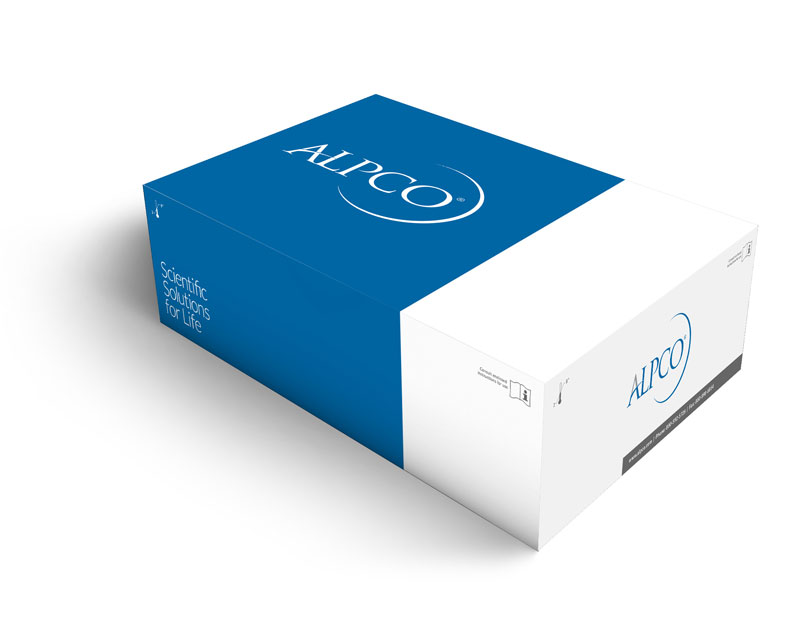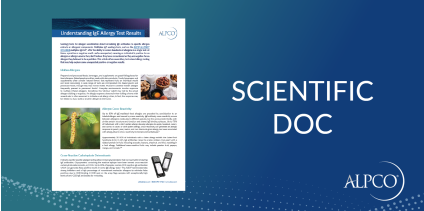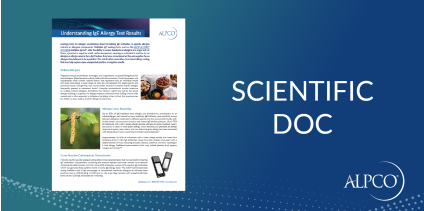Malondialdehyde HPLC (MDA HPLC)
$449.00
Catalog
30-1900
The MDA HPLC assay is intended for the quantitative determination
of malondialdehyde in plasma, serum and urine. For Research Use Only. Not for use in diagnostic procedures.
Species
Human
Regulatory Status
Research Use Only. Not for Use in Diagnostic Procedures.
Product Distribution
Available in North America Only
Range
n/a
Sensitivity
0.15 nmol/L
Sizes
100 Tests
Sample Types
Plasma, Serum, Urine
Inc Time Hour
1
Inc Time Overnight
No
Inc Time See Protocol
No
Sample Size
20
In the last years the damage effects of lipid peroxidation products were studied intensively. These are formed when free radicals will overcome the radical-trapping-mechanisms of the body and reacting with unsaturated fatty acids.
The reaction of polyunsaturated fatty acids (PUFA´s) with activated oxygen species results in lipidhydroperoxides (primary lipid peroxidation products) which were degraded to secundary lipid peroxidation products like alkanes (e.g. ethane and pentane), aliphatic aldehydes (e.g. malondialdehyde [MDA] and 4-hydroxynonenale [4-HNE]). Primary and secondary lipid peroxidation products have an influence on a lot of molecules responsible for correct cell function.
So lipidhydroperoxides easily pass the nuclear membrane and can react with nucleic acids. Also proteins can be attacked on their thiol groups changing their stereochemistry and function.
Moreover lipidhyroperoxides interfere with chemical and physical properties of the cell membrane. The fluidity decreases and rigidity increases. The so influenced cell membrane can´t maintain their barrier function and intracellular potassium ions leake out as well as intracellulary enzymes are lost. If erythrocytes are afflicted haemolysis takes place. In this case haemoglobin can initiate or propagate the lipid peroxidation.
Secondary lipid peroxidation products like MDA or 4-HNE can react with DNA as well, in particular with the bases guanin and adenin. These DNA aberrations lead to errorneous transcriptions and therewith to altered gen products. Peptide bonds are broken through the impact of MDA in proteins. Aldehydes react with amino groups of proteins building Schiff-bases, elementary disturbing correct function of proteins.
All these toxical features of oxidized fatty acids are discussed in the pathogeneses of many diseases and dysfunction of organs. In particular arteriosclerosis, tumor diseases, rheumatic diseases and reperfusion damage of organs after ischemic processes.







